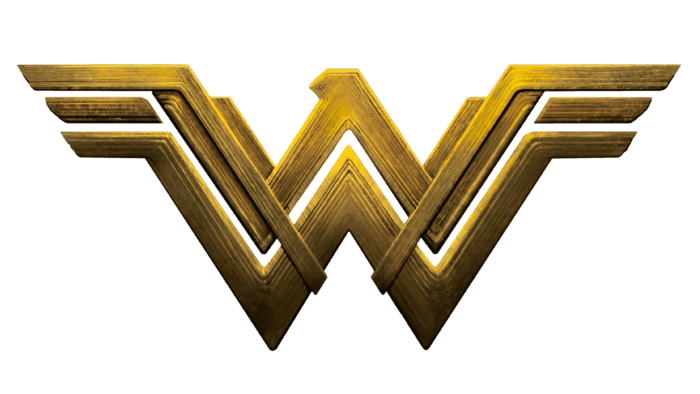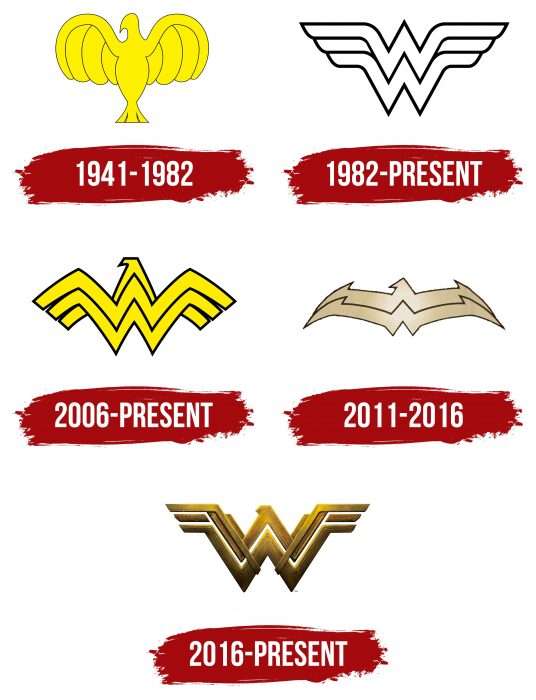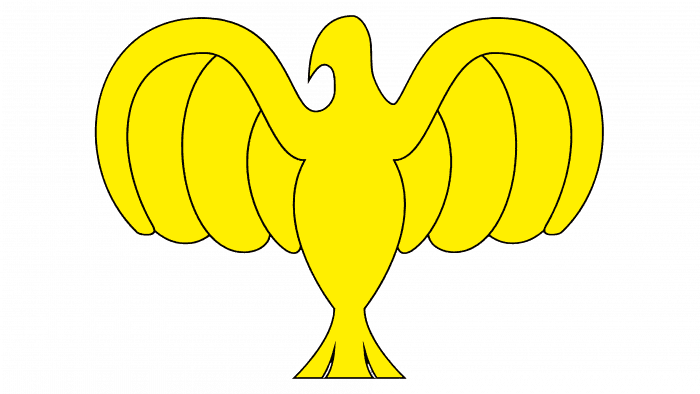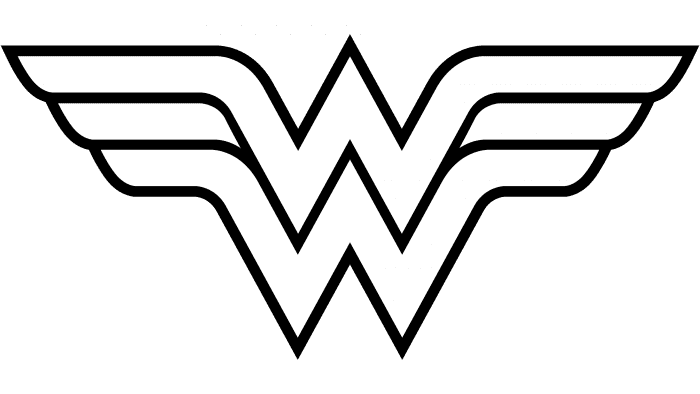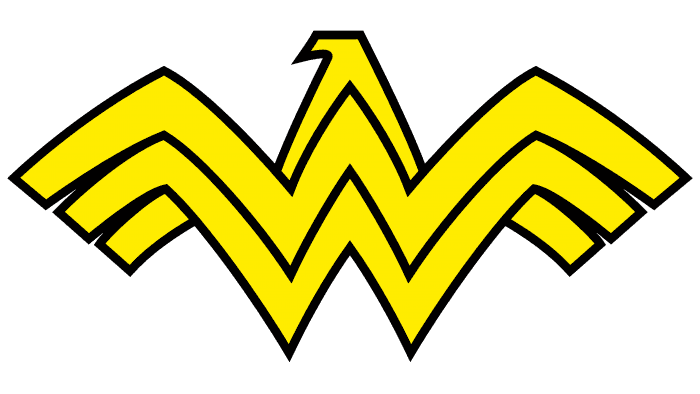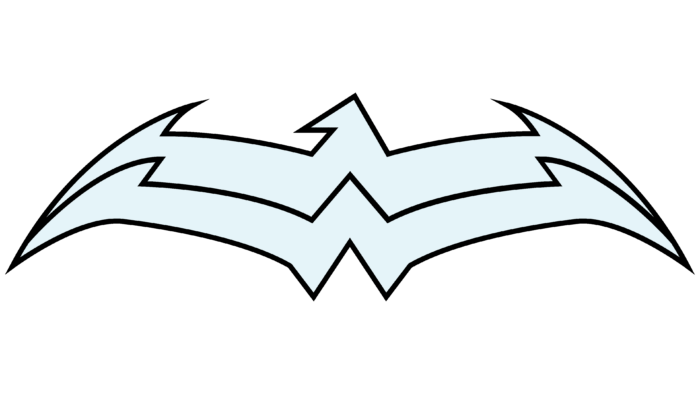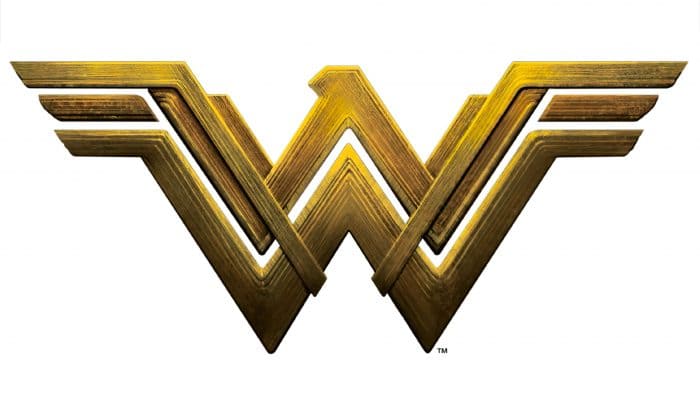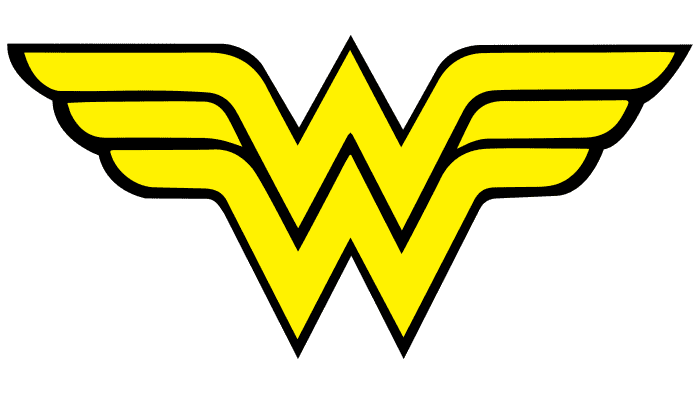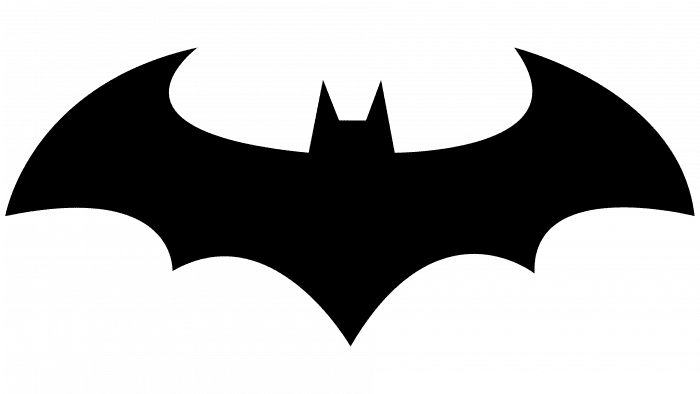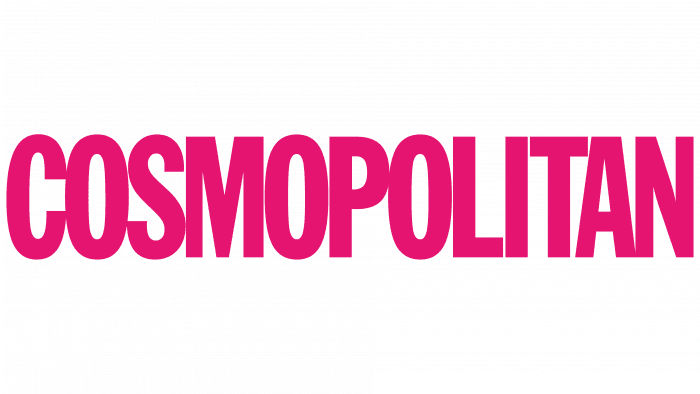Strength, speed, the ability to defend oneself, and the desire to become closer to goodness and justice – all these are present in the emblem. The Wonder Woman emblem represents a woman with extraordinary abilities, ready to amaze the world.
Wonder Woman: Brand overview
| Founded: | 1941 |
| Founder: | DC Comics |
| Headquarters: | United States |
Meaning and History
Wonder Woman was created by American psychologist William Moulton Marston (alias Charles Moulton) and artist Harry G. Peter. The artistic image was based on Marston’s wife, Elizabeth Holloway Marston, and their friend, feminist Mary Olive Byrne. The character’s drawing style has constantly changed, as has the emblem.
What is Wonder Woman?
She is the superhero alias of Diana Prince – a girl with superhuman agility, combat skills, invulnerability, super strength, and the ability to fly. This character first appeared in the 8th issue of All-Star Comics in 1941.
1941 – 1982
From the beginning, the comic book heroine had an individual sign in the form of a golden eagle. It was located on a red bodice and resembled a bird with widely spread wings. Smooth curves and rounded lines gave it femininity.
1982 – today
Forty years later, artist George Perez changed the logo design. Using the initial two-letter abbreviation “WW,” he gave it clear geometric outlines. However, he moved away from the classic female monogram. He created a winged symbol from intertwined signs in several color variations. Light emblems have dark dividing lines, dark ones the opposite. This logo is still considered current. During the Infinite Crisis period of 2005-2006, the heroine also acquired a glowing belt of a similar shape.
2006 – today
The next variant combined the “WW” with an eagle’s contour. It has a characteristic head turned to the left and a specific beak with a curved end. The strict forms remained, as did the color.
2011 – 2016
In addition to the previous versions, another one appeared – for cinema. The bird’s wings became wider and narrower. They have a light glow with a metallic tint.
2016 – today
Another logo appeared in the movies “Batman v Superman: Dawn of Justice” and “Justice League.” It looks very strict and consists of wide lines and rectangles arranged in the form of a double letter “W.”
Wonder Woman: Interesting Facts
Wonder Woman is a superhero who’s been around since 1941. William Moulton Marston and artist Harry G. Peter made her. What’s cool about her is that she was meant to be strong and kind, and showing love is powerful.
- Inspired by Real Women: Marston made Wonder Woman by thinking about the strong women in his life. He wanted her to be different from other superheroes, showing that peace and love are important.
- Lasso of Truth: Marston also helped invent a lie detector test, which inspired Wonder Woman’s Lasso of Truth and encouraged people to tell the truth.
- A Symbol for Women: Wonder Woman is seen as a hero for women everywhere, showing girls and women they can be strong and brave. She was even on the cover of Ms. Magazine once.
- Her Other Name: When Wonder Woman is not a superhero, she is Diana Prince. She comes from Themyscira, a hidden island with warrior women called Amazons.
- First Female Superhero Comic: Wonder Woman was the first female superhero to have her own comic book, which was a big deal back then.
- Part of a Team: She’s one of the main members of the Justice League, a group of superheroes including Batman and Superman.
- Worldwide Influence: In 2016, the United Nations made her an honorary ambassador to show how she represents strength and equality for women and girls. There was a bit of a debate about it, but it showed how well-known she is.
- Movies and TV Shows: Wonder Woman has appeared in TV shows and movies. She was played by Lynda Carter in the 1970s and, more recently, Gal Gadot.
- Her Story Changes: Wonder Woman’s story in the comics has changed significantly, but she always keeps her main values.
- More Than a Hero: Wonder Woman is more than just a comic character; she’s inspired many discussions about women’s rights and strength.
Wonder Woman has been a favorite for many years because she stands for good things like bravery, kindness, and fighting for what’s right. She shows everyone, especially girls, that they can be heroes too.
Font and Colors
According to the artist concept, who created the emblem for Wonder Woman, it represents an original combination of the abbreviations. This technique turned out to be creative and has lasted for many years: all subsequent logos were built around the “W” and the eagle.
The words are arranged on two levels and written in a strict geometric font in uppercase. The letters are wide, with large serifs and red shadows to create a 3D effect. The crossbars of “A” and “E” look like miniature triangles.
The logo’s palette has always included bright yellow. It also contains several shades of white, black, and gold.
Wonder Woman color codes
| American Bronze | Hex color: | #332308 |
|---|---|---|
| RGB: | 51 35 8 | |
| CMYK: | 0 31 84 80 | |
| Pantone: | PMS 4625 C |
| Deep Lemon | Hex color: | #facc1d |
|---|---|---|
| RGB: | 250 204 29 | |
| CMYK: | 0 18 88 2 | |
| Pantone: | PMS 116 C |
FAQ
What is the Wonder Woman Logo?
The Wonder Woman logo is called Stacked W. It looks like two “W” letters stacked together. Their side parts are stylized as bird wings, and the upper pointed part has a protrusion resembling an eagle’s beak.
What is Wonder Woman’s Battle Cry?
Wonder Woman’s battle cry takes various forms. The most famous exclamations: “Spear of Athena!”, “Trident of Neptune!”, “Shadows of Pluto!” “Thunderbolts of Jupiter!”, “Great Hera!”, “Suffering Sappho!”.
Why is Wonder Woman an Icon of Feminism?
This idea was first expressed by historian Tim Hanley. In his opinion, Wonder Woman in her new role symbolizes equality and sisterhood, and her image is no longer an embodiment of female superiority.
How Old is the Wonder Woman Logo?
The first Wonder Woman logo appeared with her in the early 1940s. However, the symbol only acquired its letter form in 1980. As for the modern version, it has been in use since 2006.
